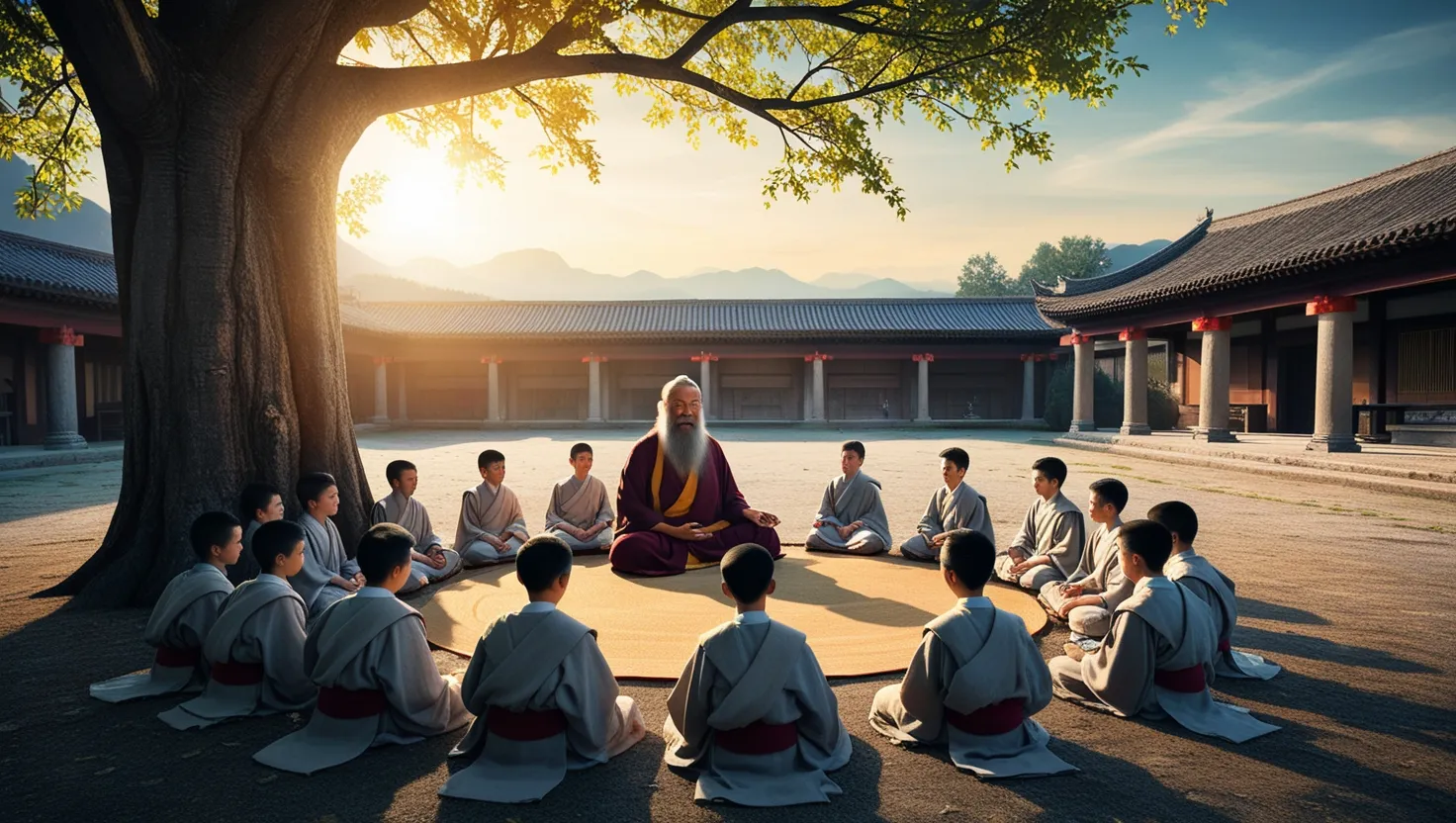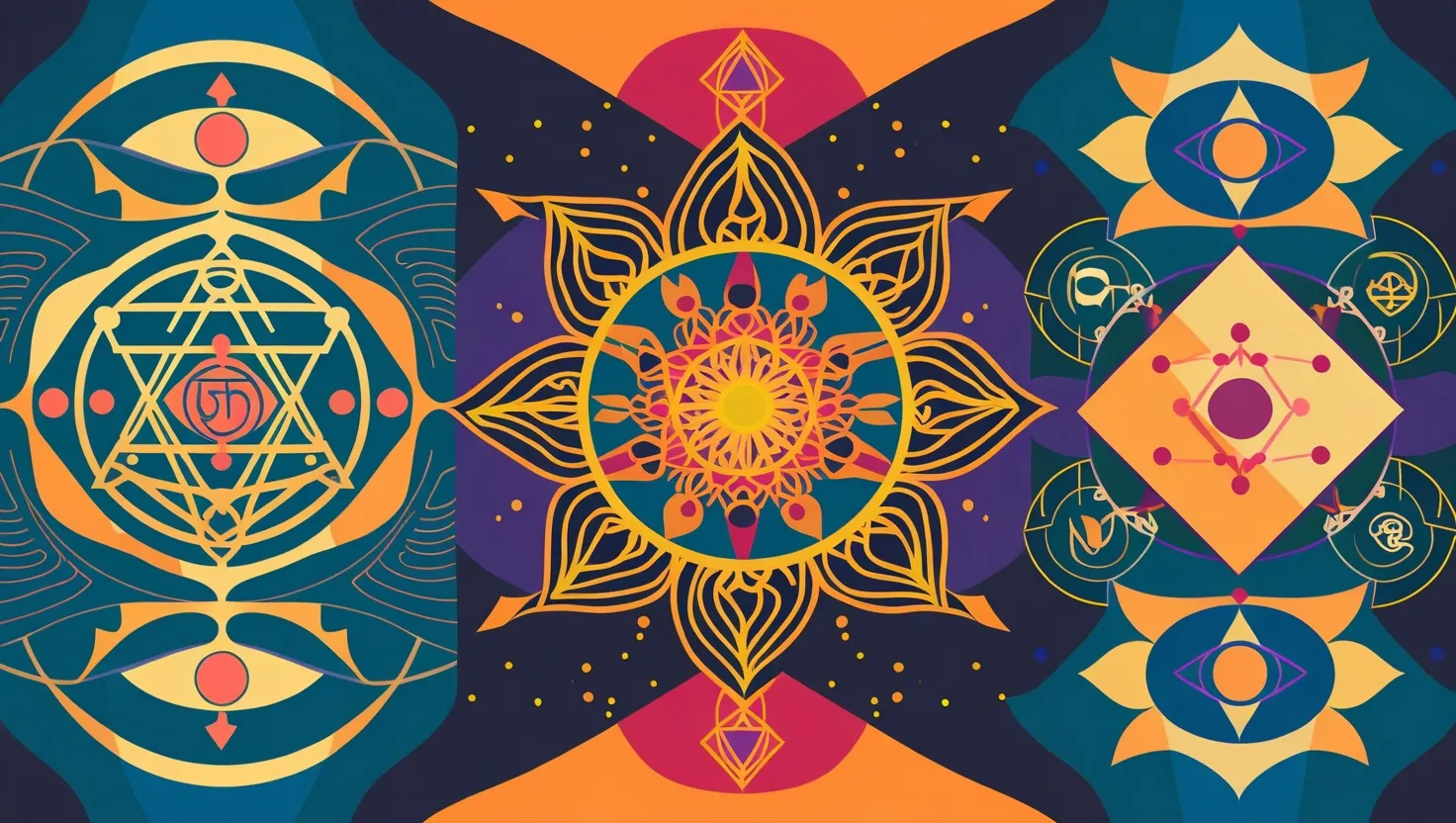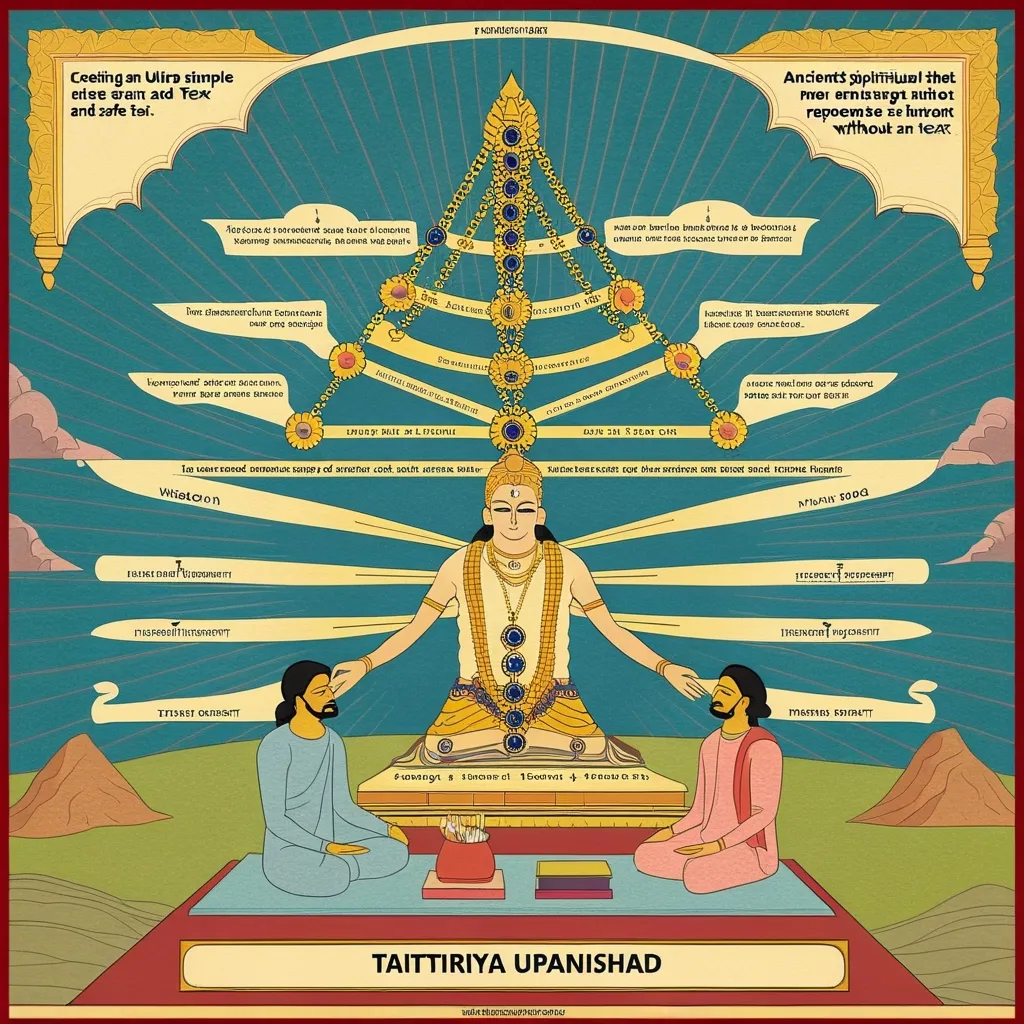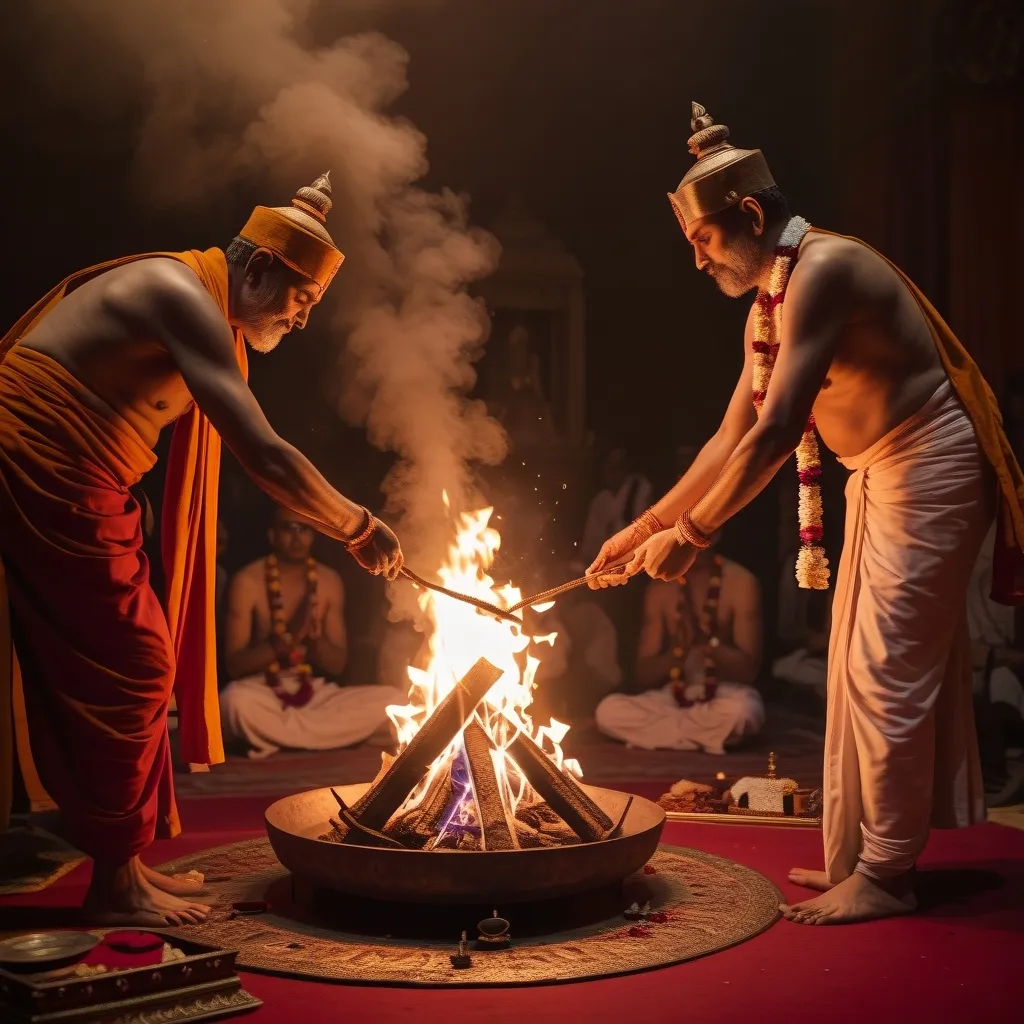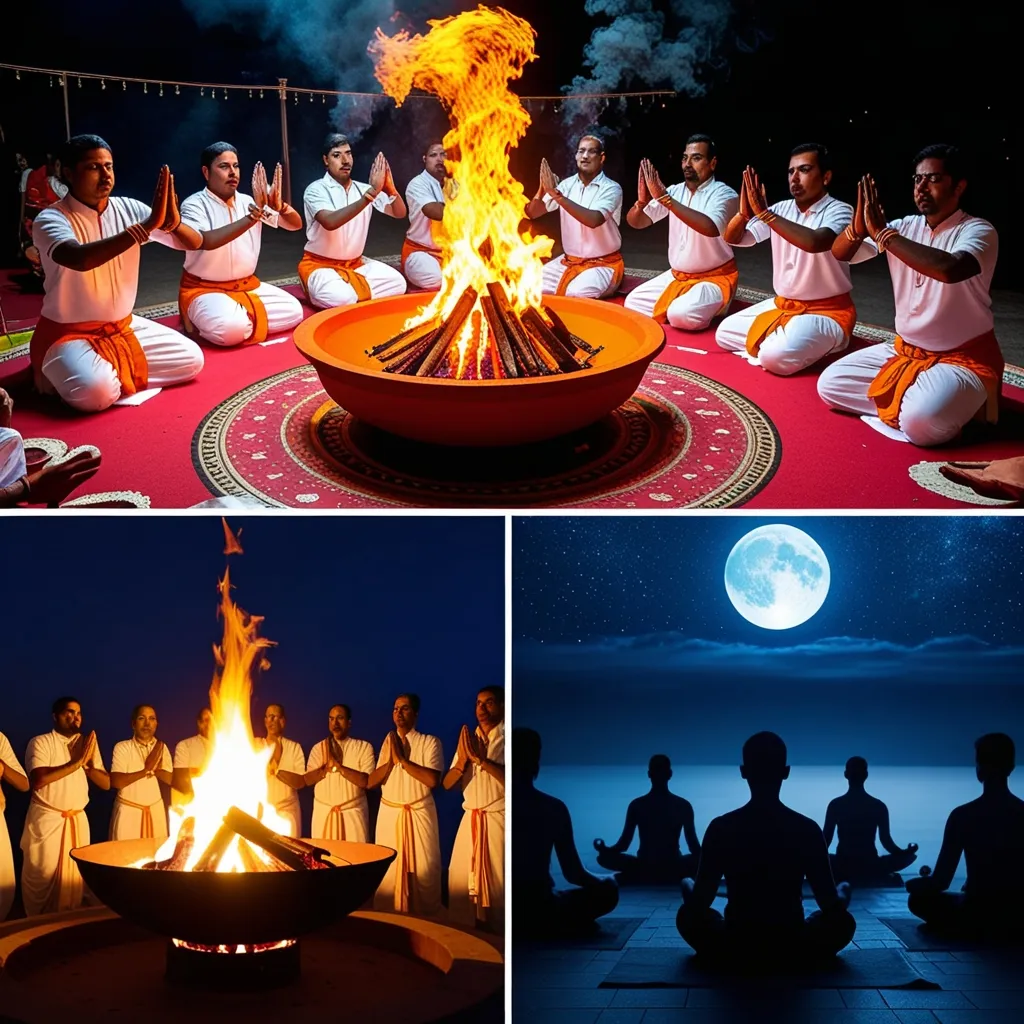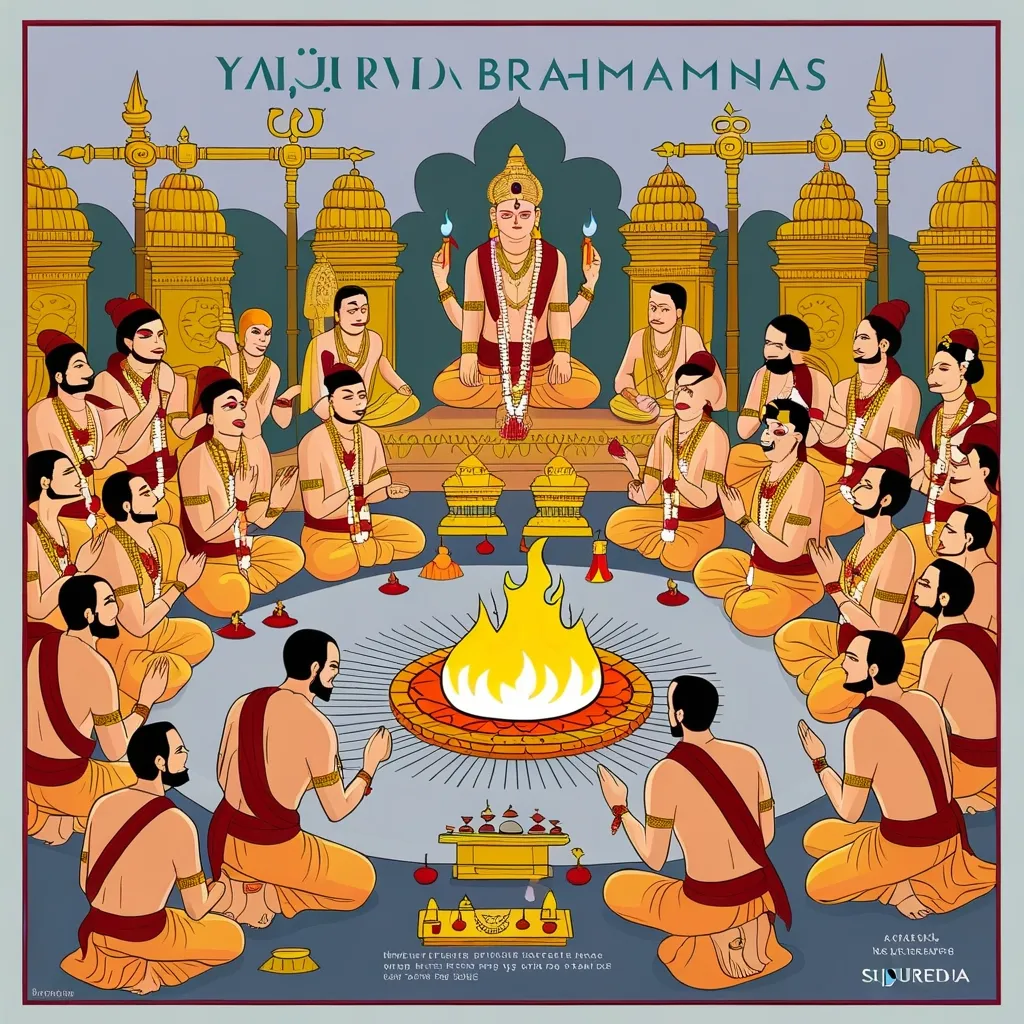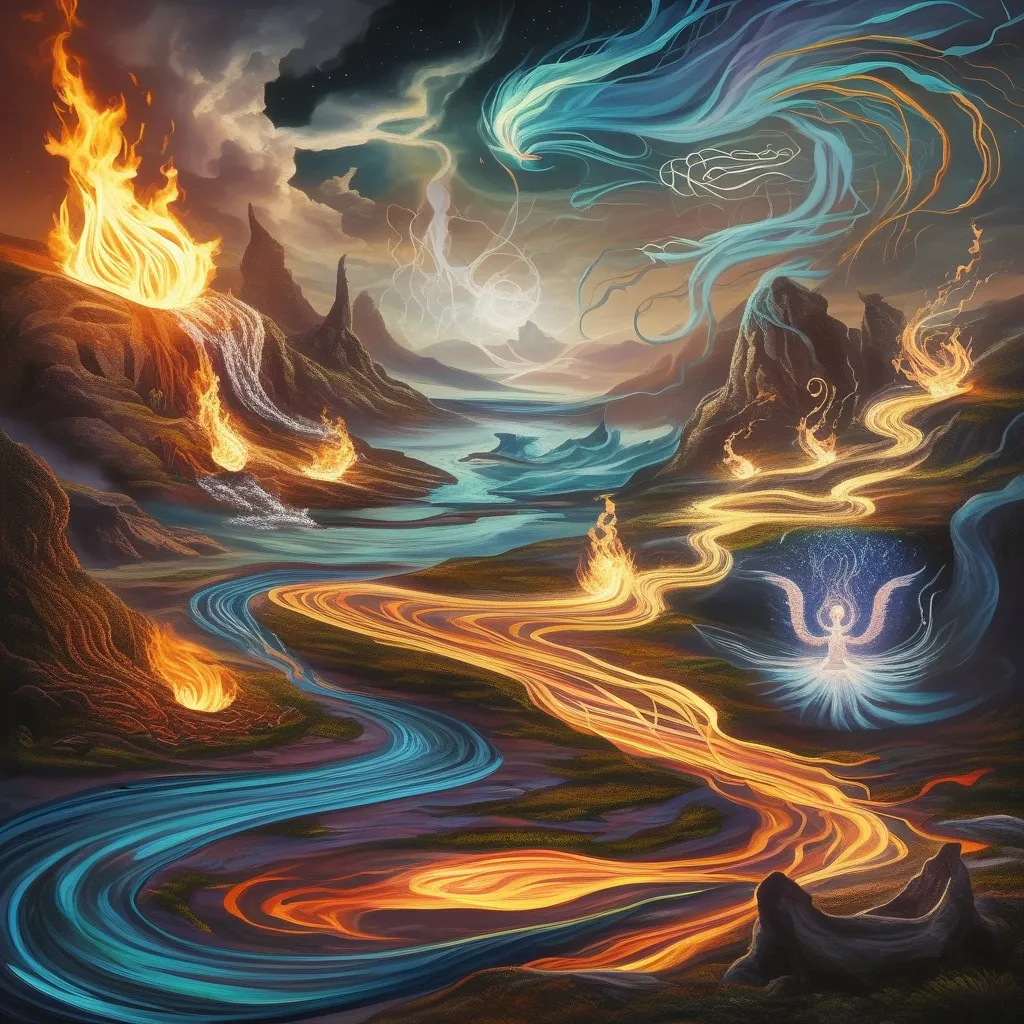When I think about the Vedic way of learning, I’m struck by how much of it was about connection—connection to teachers, to tradition, to the words themselves, and ultimately to the very heart of knowledge. If you picture education as more than rows of desks and stacks of textbooks, the Vedic approach feels timeless and alive, something practiced in open courtyards, under trees, and woven into daily life. It’s fascinating to realize that these ancient forms of learning weren’t just about preserving verses or rituals; they shaped whole ways of being that could teach us something vital even now.
The relationship known as guru-shishya parampara sits at the center of this tradition. Forget the image of distant authority; the guru was a mentor, guide, and, in many ways, a surrogate parent. This wasn’t a casual or temporary connection. I imagine an environment where, often far from home, students absorbed lessons by observing, questioning, and simply living around their teacher. The knowledge wasn’t just shared but transmitted, almost like a spark jumping from mind to mind through respect, patience, and a shared commitment. This kind of relationship, intimate and sustained, made space for trust—something essential if you’re learning not just information but how to think and live.
“Education is the kindling of a flame, not the filling of a vessel.”
—Socrates
In the absence of printed books, learning depended almost entirely on the oral tradition. To preserve the Vedas, students memorized vast amounts of material using a toolkit of poetic meters and phonetic rules. The chandas, or metrical patterns, were not just poetic flourishes, but carefully crafted frameworks that made memorization easier and less error-prone, ensuring accuracy even after dozens of generations. Oral recitation in groups added a social element; the collective repetition was almost musical, every syllable weighed and measured, every tone nailed down with precision. Take a moment to consider: how many of us today could recall hours of text word for word, handed down for centuries before it was ever written?
What does it mean to really know something? In Vedic practice, svadhyaya—self-study—was indispensable. This wasn’t passive reading. Every day, students would sit and recite aloud, their voices shaping and reshaping the wisdom until it was etched in memory and thought. Self-study was as much about discipline as mastery. The act of recitation became almost meditative—a way to focus attention, still the mind, and internalize not just words, but meaning. In that daily rhythm, learning became both a spiritual and intellectual exercise. It makes me wonder how much we miss when we speed-read our way through information today.
“Live as if you were to die tomorrow. Learn as if you were to live forever.”
—Mahatma Gandhi
But it wasn’t all about repetition or reverence. The Vedas encouraged fierce questioning and debate. The Upanishads brim with dialogues where teachers and students tackle big questions—what is the self, what is reality, what is the nature of truth? These weren’t staged Q&A sessions; they were open-ended explorations, often leading to new questions rather than simple answers. I’m inspired by the idea of learning as dialogue, where disagreement isn’t disrespect but a sign of engagement. What if every classroom today was a place where every student could challenge the teacher, not out of rebellion, but out of genuine pursuit of understanding?
Can you imagine a system where memorization and inquiry support each other, rather than stand as opposites? That’s what I find powerful in this tradition: it values both the accurate preservation of knowledge and the individual’s journey toward insight.
Theory, in Vedic education, was never allowed to become disconnected from life. Students didn’t just listen to lectures about rituals; they performed them, learning each step through practice. Astronomy meant watching the skies, not just reading about stars. Ethics came alive through service, by working in the community and reflecting on actions. Learning was expected to grow roots, shaping character as much as intellect. In this way, knowledge stayed relevant, practical, and deeply human.
“Tell me and I forget, teach me and I may remember, involve me and I learn.”
—Benjamin Franklin
Marking milestones was another crucial dimension. Initiation rites like Upanayana weren’t just ceremonies; they were psychological markers, preparing students for the challenges and demands ahead. These rituals carried a sense of purpose and gravity, reminding everyone that the pursuit of knowledge was sacred, not merely secular. I find this deliberate way of honoring learning quite profound; how often do we slow down to mark the beginning of a new intellectual journey today?
It’s easy to think of these techniques as relics of the past, but they suggest a radical rethinking of what education can be. Imagine if our own learning environments focused less on test scores and more on transformative relationships, daily discipline, critical dialogue, hands-on practice, and meaningful milestones. What would that change?
What’s even more interesting are the lesser-known, unconventional threads in this tapestry. For example, the monitoring system sometimes employed older students to teach younger ones, turning learning into a community responsibility, not just a one-way transaction from teacher to pupil. Travel was considered a vital part of education. Students were encouraged to seek out other centers of learning, absorbing new methods and perspectives along the way. This built resilience and adaptability.
Another striking feature was the holistic scope of subjects. Vedic education was astoundingly broad: it covered not only spiritual and scriptural studies but mathematics, astronomy, botany, medicine, arts, music, and even the principles of warfare or commerce, depending on a student’s background and interests. The knowledge was seen as a living organism—every part essential, interconnected, and valuable.
What does character education mean in this context? Ethics was never simply a chapter in a textbook. Instead, students were expected to practice honesty, self-control, generosity, and respect. The goal was not just to craft skillful thinkers, but wise, ethical, and balanced individuals. This ethos permeated daily routines, stories, and even the practical jokes and games that formed part of residential learning life.
It’s easy to overlook the high standards for pronunciation and grammar. Every syllable mattered. Teachers paid attention to how words were formed, ensuring clarity and beauty in expression. Mishandling a vowel or a consonant wasn’t just a minor error—it was believed to affect the meaning and even the power of the hymns. It’s a reminder of how the smallest details can carry deep significance in preserving knowledge.
“Language is the dress of thought.”
—Samuel Johnson
Discussions among groups with shared responsibilities for specific sections of the Vedas (the Śākhā and Caraṇa), formed another layer of collective learning. These groups, somewhat like modern research circles, ensured specialization and depth while maintaining social cohesion.
What about the role of memory in all this? The feats of mental agility required make me wonder: how might our brains develop differently if we trained memory as rigorously as we do logical reasoning? Today, we offload so much to devices, but the Vedic student’s mind was a living library, each verse carefully indexed, ready for use.
There’s also the matter of inclusivity. Education, while shaped by the social structure of the time, was nuanced. Customized curricula meant that different groups learned according to their expected roles—Brahmins delved deep into philosophy and ritual, Kshatriyas focused on leadership and warfare, Vaishyas mastered trade and agriculture. Though not egalitarian by modern standards, there was an understanding that the community benefited when everyone was educated for their responsibilities.
Can we draw any lessons from such differentiation today, where uniformity is often prioritized over personalized learning?
Now, as I sift through all these aspects, I see a system designed for resilience. By combining multiple methods—recitation, discussion, personal discipline, ritual, community service—the Vedic approach ensured that knowledge didn’t become brittle or stagnant. It was always alive, always growing.
“If you want to go fast, go alone. If you want to go far, go together.”
—African Proverb
What if our own education systems prioritized depth over breadth, focusing less on racing through material and more on truly inhabiting it? What would change if we valued the slow, patient work of memorization—not as rote, but as a pathway to mastery? Or if we saw learning as a process of character formation as much as intellectual achievement?
One of the greatest strengths of the Vedic tradition is how it insists that knowledge and life can’t be separated. When students and teachers form bonds of trust, when memory, reasoning, and practice reinforce each other, and when ethical action guides daily choices, learning becomes something transformative. It’s less about acquiring information, more about becoming the kind of person who can use it wisely.
So much of modern education talks about preparing for the future, but the Vedic methods remind us to be fully present in the process itself—to honor every step, every question, and every challenge along the way. Is it possible that what we need most isn’t more information, but a return to these basics: personal connection, daily discipline, rigorous questioning, hands-on experience, and a sense of ceremony in learning?
In closing, the Vedic system continues to whisper something important: knowledge isn’t a commodity to be hoarded or traded. It’s a living force, passed from person to person, shaped by community, and brought to life through practice and reflection. “Wisdom,” as Confucius said, “is not a product of schooling but of the lifelong attempt to acquire it.” Wouldn’t it be remarkable if each of us became not just gatherers of facts, but true inheritors of living wisdom?
